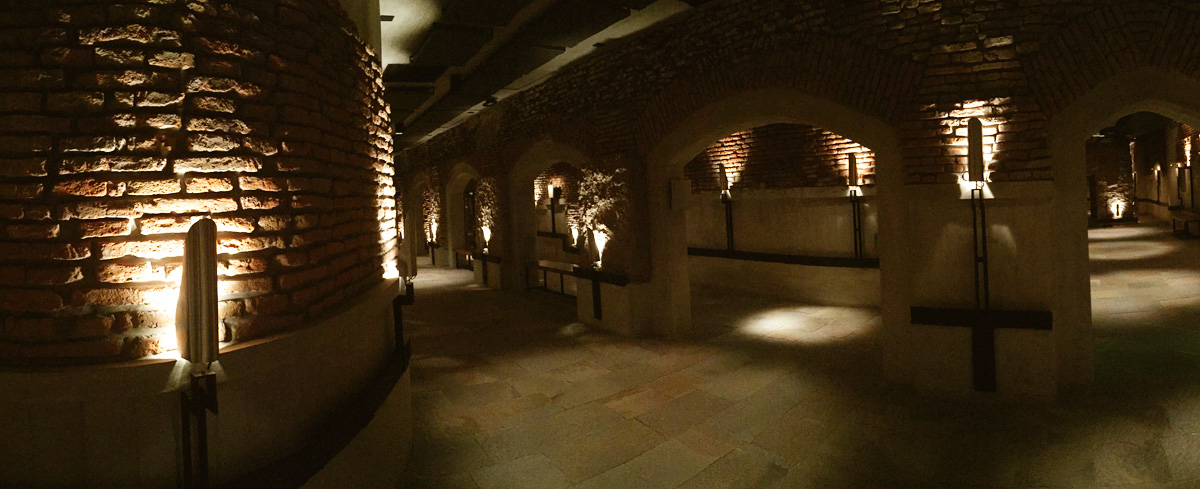
The idea of travelling in time has fascinated generations, and more than a few of us would like to be able to experience for a moment the life and customs of other eras. Well, in Buenos Aires it’s possible – no time machine required. All you need to do is visit these places:

One of the great advances in the city in the mid 19th century was the arrival of the tramway in 1863. With almost 830km of track, Buenos Aires came to have the most extensive tram network in the world. “There’s not one street that doesn’t have its own line. It gives the impression that the Porteños use the tram even to go to the bathroom,” commented the then prime minister of France Georges Clemenceau when he visited the city. In the golden age of the tramway, from 1930 until its closure in 1963, the system used 3,000 carriages.
Thanks to the Friends of the Tramway Association founded in 1976, some of these emblematic vehicles continue to travel the streets of Buenos Aires allowing visitors to travel back in time and experience what it was like to make a journey on the old system. You can board the travelling museum at the junction of the streets Emilio Mitre and José Bonifacio, in the Caballito neighbourhood, every weekend.

Want to discover four centuries of history beneath the city? This is the opportunity offered at El Zanjón de Granados, located at Defensa 755 in San Telmo. Behind the 19th century facade, this house is the entrance into a series of tunnels and underground labyrinths where many historic artefacts have been found.
The tunnels were only discovered in 1985 when a new owner bought the property with plans to turn it into a restaurant. He didn’t imagine he’d uncover an archaeological site revealing the historic foundations of the city and the old sewerage system – a long-culveted river that flows into the Río de la Plata. Curiously the name the owner had in mind for his restaurant was El Rincón de las Viejas Historias (The Corner of Old Stories), and that’s exactly what the site has become.

Spread throughout the city, the more than 70 so-called bares notables – cafes and bars recognised by the city authorities for their historic, architectural or cultural importance – offer a chance to visit bygone eras over a cup of coffee. Cafe culture debuted here way back in colonial times, and by 1820 the city already had 17 cafes. Many general stores mutated into musical cafes over the years (known as academies), and others became important literary or student meeting places.
Enjoy the experience of ordering a coffee and taking in the atmosphere at establishments where the decor has barely changed over the decades and time appears to have come to a standstill.

What better than travelling in time with the imagination? Some of Argentina’s best loved comic characters from decades past populate the neighbourhood of San Telmo and surrounding areas on the Comic Strip Walk, an open-air sculpture trail.
The most famous character is Mafalda at the corner of Chile and Defensa, but there are many more colourful personalities to track down, many located in areas befitting their personalities, such as the playboy Isidoro Cañones surrounded by popular bars. Many of these characters provided commentary on the local history, politics and culture, becoming representatives of the Argentine reality of their times.

The site of this museum dates all the way back to the second founding of Buenos Aires in 1580. At that time the Río de la Plata reached right up to the avenue now behind the Casa Rosada, so, in 1594, a fort was built on the site to defend the city from invasions. The fort was rebuilt in 1594 and converted into a customs house named Aduana Taylor, the first major public building in Argentina.
The Casa Rosada museum includes remains of the brick walls of the original constructions. A visit allows you to understand, through hundreds of historic and artistic artefacts, how this space, and the country as a whole, transformed from the pre-Hispanic period up to the present day